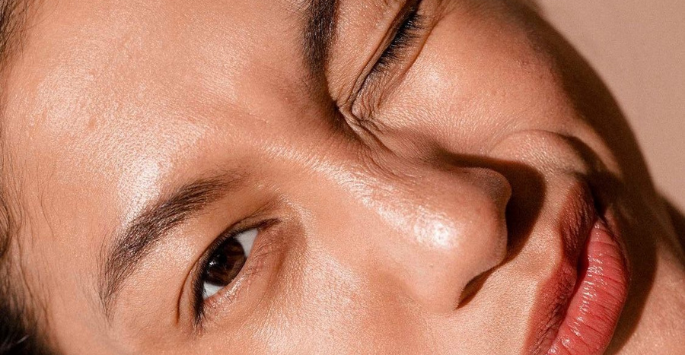
There are more brands emerging since botox became the gold standard of anti-aging treatments, and it’s so mainstream that many patients don’t even think of brand names anymore—they simply ask for botox. But there’s a lot of slang and generalized terms being used that can make this injectable confusing for injectable newbies, and even patients who get it regularly might be unsure of the different types of botox out there, too. Today, we’re going to clear up what’s what in the world of neurotoxins.
If you’re new to Botox…
Then hearing the word botox might not mean what you think it does. Make sure you don’t confuse botox and fillers, which we explain more about in this article. Botox, the injectable that targets small, isolated muscles, stops the movement that forms frown lines, crow’s feet, and other expression lines. You won’t be frozen when you’re injected by a trained and licensed practitioner, and botox won’t change the volume, fullness, or shape of your face (unless it’s injected into your jaw muscle, but more on that later). Filler will fill in existing lines, plump up lips, lift and plump thinning or lax areas of the face, and perk up under eye bags. But filler won’t stop new lines from forming if you aren’t adding botox into the mix as well. So here’s the most common types so you can decide which one you want to try, and it might even help you decide to mix up your botox treatments with a new trend.
Baby Botox (aka MicroTox)
Baby botox is simply the micro version of a typical botox treatment. Small amounts are injected across the face in specific patterns, improving your skin’s quality and offering very subtle results. You won’t experience much (if any) muscle freezing, and it can be used for subtle brow lifts or lip flips.
Baby botox can be used by anyone, but the practice is most popular among younger patients who want to slow down the progression of lines and aging. And if you’re curious about what age group is considered “younger” patients, that age group typically refers to patients in their twenties because they haven’t started to experience many aesthetic symptoms of aging yet.
Botox for Hyperhidrosis (aka BlowTox)
Sometimes people are more concerned about other issues than fine lines and wrinkles. People who suffer with a condition called Hyperhidrosis, which is a form of excessive sweating, have turned to botox for help. Botox for hyperhidrosis is able to stop the body’s signals from traveling to sweat glands, pausing the overproduction of sweat in the underarms and hands. It has long been the go-to treatment for hyperhidrosis, however, it isn’t permanent. So if you’re looking for a permanent trick to stopping overactive sweat glands, we recommend this.
Brotox
The same botox that women get, but for men. The one and only difference is that men typically need a tiny bit more because they generally have more muscle mass, particularly in their face. But any many over the age of 18 is free to get botox and enjoy the benefits.
NewTox
NewTox is really just a marketing term that was used to describe one of the newer brands of botox known as Jeuveau, however it isn’t necessarily anything different from the brands of Botox®, Dysport®, and Xeomin®. We have some patients who are brand loyal, and some who are fine with interchanging their neurotoxin brands. But at the end of the day, they all function very much the same way and contain the same active ingredient. The only difference we’ve noticed among our botox brands is that the results of Dysport may appear more quickly, but they’re still the same results as the rest.
Budget Tox
We could go on and on about why you should be cautious about discounted neurotoxins, but we probably don’t have to because the phrase “discounted neurotoxins” should be enough for anyone to run in the opposite direction. So instead, we wrote an article about this dangerous trend that you can read here. Just remember that if botox is discounted, it’s probably for a reason. It’s either watered down and won’t last very long, or it’s something else entirely (beware, Grouponers). When you get botox, you’re paying for the real, trusted and tested product as well as your injector’s medical expertise, licensing, and training. We think all of that is worth paying for to ensure not only great results, but patient safety.
If you’re on a budget and getting discount botox is still looking too good to pass up, sign up for a loyalty program like our ToxClub® in order to get a reduction in price based on consistency and loyalty instead of a weaker product. And never EVER try DIY botox.
Want some more tips and treatment recommendations for youthful skin? Contact us at info@supriyamd.com or call our office at 561-805-9399 to book a skincare consultation or treatment with us.
